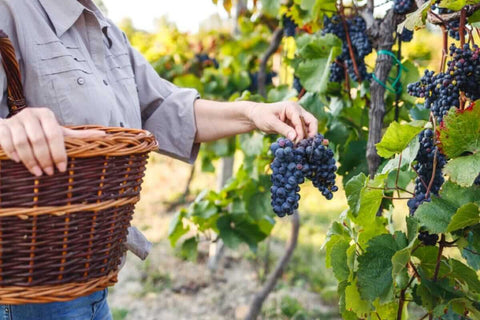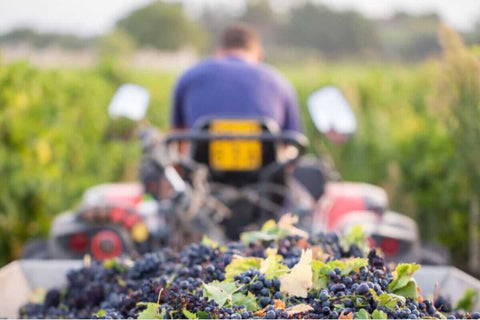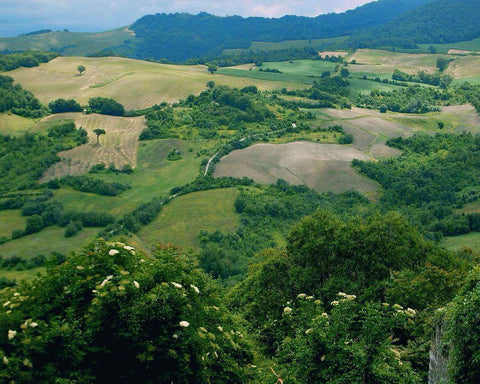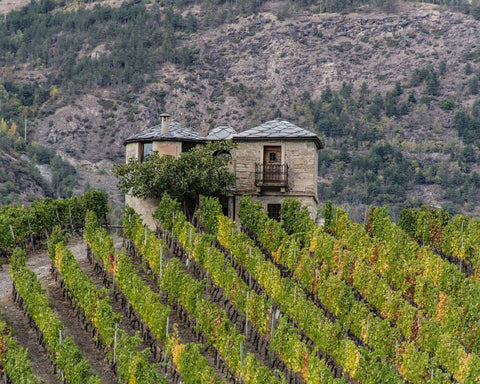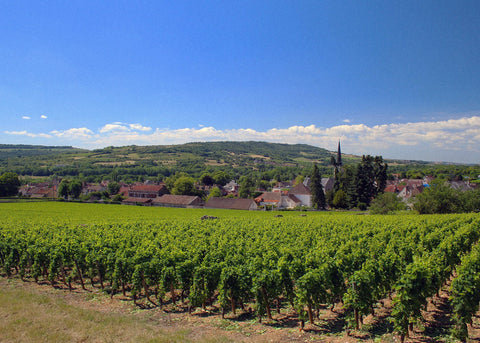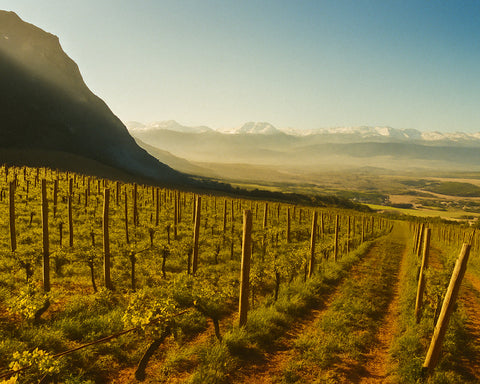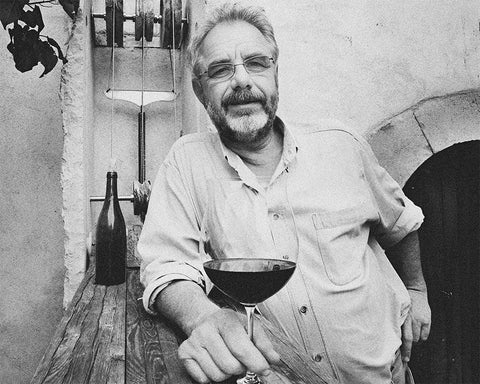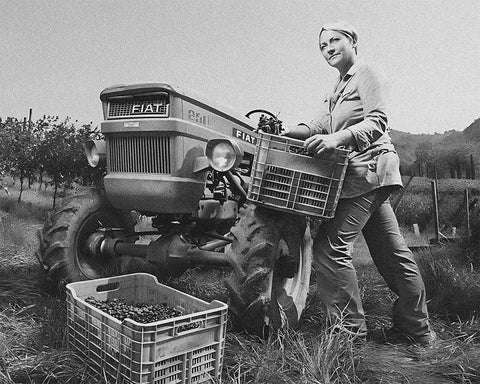French Wine Classifications: A Primer
France employs a complex system of classifications to describe the roles and processes within its wine industry. These terms can define the origin and quality of the wines and also shed light on the business structures and practices behind each bottle. It is an intricate landscape. We hope that this primer will help you decoding the French Wine classification system.
Table of Contents
- Introduction
- Récoltant-Manipulant (RM)
- Négociant and Négociant-Manipulant (NM)
- Récoltant and Récoltant-Coopérateur
- Coopérative-Manipulant (CM) and Union de Récoltants (UR)
- Marque d'Acheteur (MA) and Société de Récoltants (SR)
- Vigneron Indépendant
- Conclusion
Introduction
The French wine industry, globally recognized for its premium wines and longstanding traditions, uses a plethora of terms to distinguish between various production methods, business models, and quality levels. These classifications, while initially seeming daunting, offer a window into the intricate world of French winemaking.
Récoltant-Manipulant (RM)
Récoltant-Manipulant, abbreviated as RM, signifies a 'grower-producer'. Predominantly seen in Champagne, an RM oversees the entire wine production process, from cultivating grapes to bottling the final product. Such wines often exhibit a unique terroir expression, echoing the individual choices of the producer.
Négociant and Négociant-Manipulant (NM)
A 'négociant' is essentially a wine merchant or trader. They purchase grapes, grape juice, or even finished wines, then bottle and market these products under their own labels. The term 'Négociant-Manipulant' (NM), specific to Champagne, extends this definition to include those who are also involved in the winemaking process.
Récoltant and Récoltant-Coopérateur
The term 'récoltant' translates to 'grower'. Such individuals cultivate grapes and might produce wine. If associated with a cooperative for certain processes, they are termed 'récoltant-coopérateur'. Cooperatives enable smaller producers to access shared resources, ensuring quality wine production without individual infrastructure investments.
Coopérative-Manipulant (CM) and Union de Récoltants (UR)
'Coopérative-Manipulant' (CM) denotes a group of growers who combine their resources to produce wine. The wine is then bottled and sold under the cooperative's label. 'Union de Récoltants' (UR) is a union of growers who jointly market their wines, yet each might maintain their individual brand.
Marque d'Acheteur (MA) and Société de Récoltants (SR)
'Marque d'Acheteur' (MA) refers to wines sold under a brand owned by an entity other than the producer, such as a supermarket. 'Société de Récoltants' (SR) represents a company established by a family of growers. Members of an SR are typically related and market their Champagne together.
Vigneron Indépendant
The 'Vigneron Indépendant' classification represents an independent winemaker who oversees the entire winemaking process, from grape cultivation to bottling, outside of the Champagne region.
Conclusion
Why did I decide to look into this subject? As you can see in this other article we published, these distinctions are important to understand some of the dynamics currently going on in natural wine. Next to the Vigneron Indépendant, in recent years, we've seen a surge in the number of Négociant and Négociant-Manipulant releasing tens of thousands of bottles of natural wine. This is an ever-growing trend and one that we should keep an eye on.
